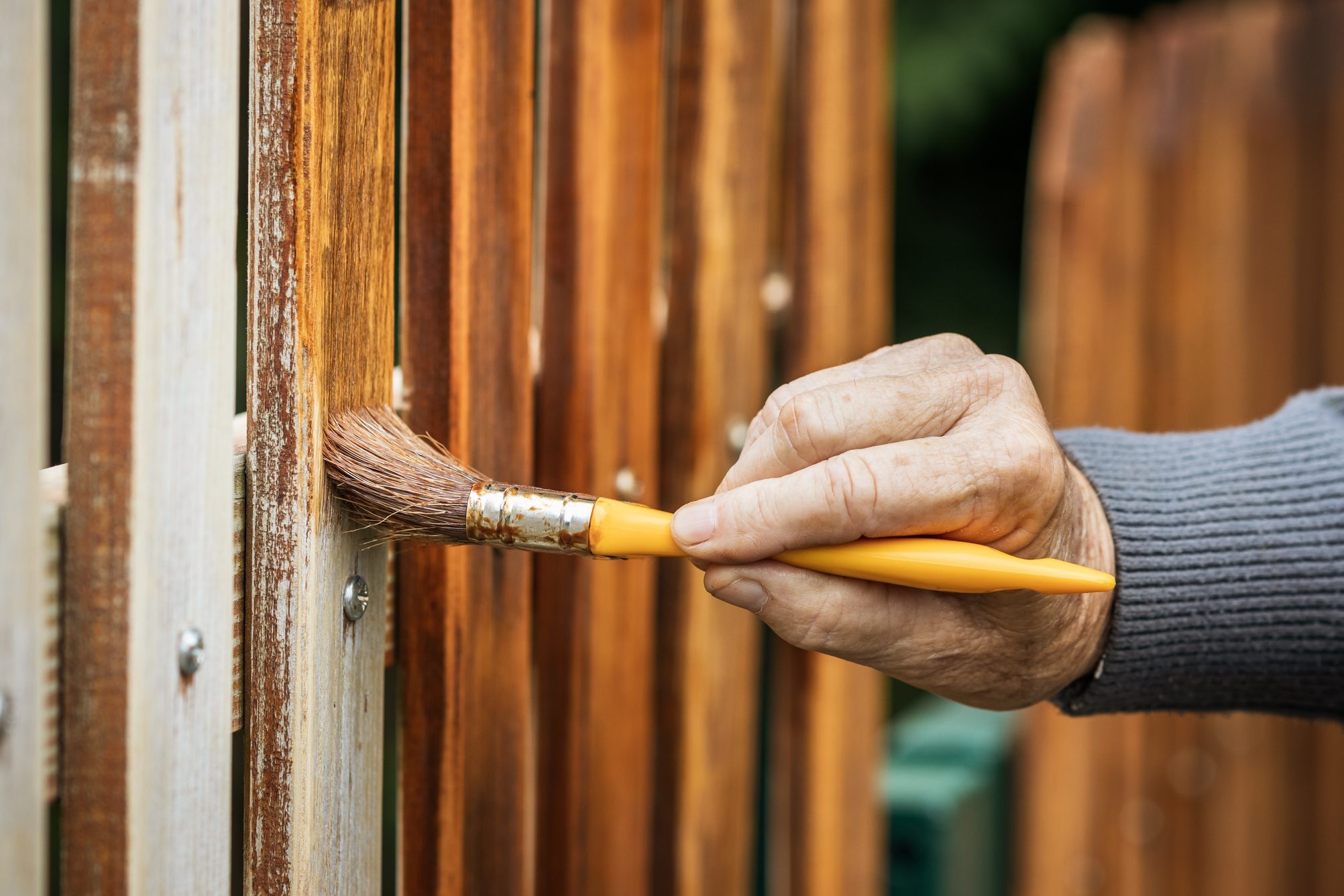How to Pick the Right Fence Spot for Your Building
When it concerns boosting the look and toughness of your property's fence, picking the best stain is an important choice that needs cautious factor to consider. With a myriad of options available in the market, each providing to various wood types, shades, and openness levels, the process can promptly come to be overwhelming. Making an educated option can dramatically impact the general aesthetics and longevity of your fence. So, just how can you make certain that you choose the ideal fencing stain that straightens with your residential or commercial property's design and maintenance requirements? Let's explore some key factors to guide you in this decision-making process.
Understanding Timber Kind
To select the ideal fencing discolor, it is crucial to have a thorough understanding of the different types of timber generally made use of for secure fencing. When choosing a fencing tarnish, it is vital to consider the type of timber being utilized to ensure compatibility and optimal security. Understanding the qualities of different wood kinds will help you make an educated choice when it comes to choosing the ideal fencing stain for your residential or commercial property.
Picking the Right Shade
Selecting a suitable color for your fencing stain is an important decision that significantly influences the total visual charm of your building. Lighter shades such as whites or light grays can make a fencing show up larger and include a touch of beauty to your residential or commercial property. Inevitably, the best shade option will certainly improve the beauty of your fencing and elevate the general curb allure of your home.

Considering Openness Degrees
When choosing the best color for your fence tarnish, one more important aspect to think about is the level of openness that will ideal match your home's aesthetic and maintenance requirements. Transparency degrees in fence spots usually fall under 3 categories: transparent, semi-transparent, and solid. Transparent spots permit the all-natural appeal of the wood to reveal via while offering minimal protection versus the components. They are excellent for brand-new or well-maintained fences where showcasing the wood grain is a concern. Semi-transparent stains provide a balance in between shade improvement and protection, allowing some wood grain to be visible while supplying modest protecting from UV rays and moisture. Strong stains, on the other hand, provide one of the most protection as they totally cover the wood with a nontransparent coating. These are appropriate for older fences or those in need of significant protection or shade change. Take into consideration the level of exposure your fencing encounters, the preferred upkeep regularity, and the aesthetic you desire to accomplish when selecting the ideal openness degree for your fence discolor.
Examining Maintenance Requirements
Taking into consideration the longevity and maintenance of your fence, evaluating the maintenance requirements is critical in figuring out the most appropriate fencing discolor for your residential or commercial property. The degree of upkeep needed for your fence can differ depending upon factors such as the kind of wood, weather condition problems in your location, and your individual preferences.
When examining upkeep needs, it is vital to think about the longevity of the fence tarnish. Some discolorations need even more regular reapplication than others, so selecting a discolor with a much longer life expectancy can help in reducing the general maintenance demands of your fencing (Fence Staining). In addition, variables such as resistance to UV rays, water, and mildew can affect how commonly you need to re-stain your fence

Testing Samples Before Application
Prior to using any fencing discolor, it is recommended to perform sample tests to make certain compatibility with the timber and desired aesthetic outcome. Evaluating examples allows you to assess just how the tarnish will certainly connect with the specific type of wood utilized in your fencing, as various timbers can take in discolorations in different ways. To start, select a little low-profile area of the fencing to use the stain examples.
Conclusion
Finally, picking the proper fencing tarnish for your residential property entails recognizing the wood kind, selecting the appropriate color, thinking about openness levels, assessing upkeep needs, and find out here screening examples before application (Fence Staining Service). By taking these factors right into consideration, you can guarantee that your fence stain complements your building while giving the necessary protection and resilience. Make a notified choice to enhance the appearance and durability of your fencing